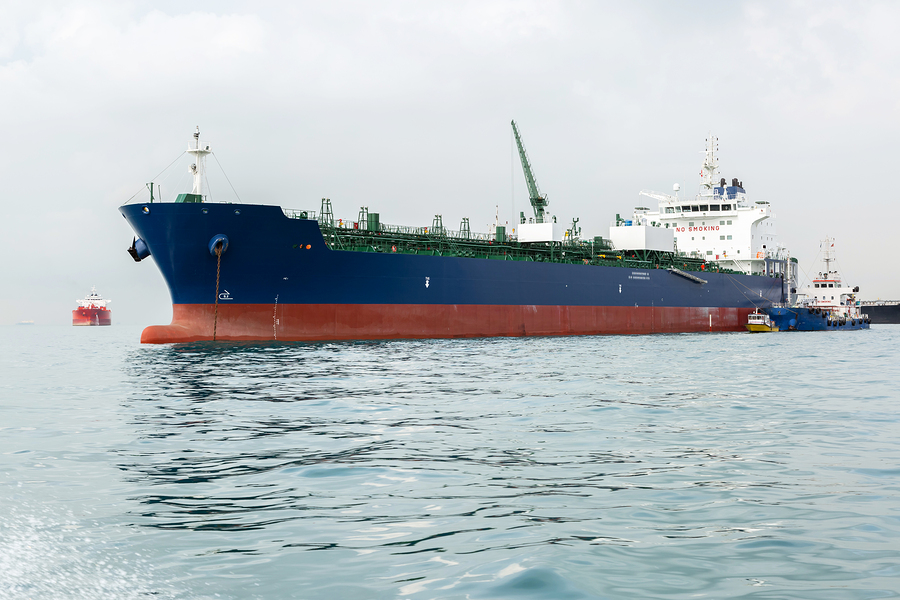THE recent delivery of the first newbuild dedicated LNG bunker vessel could be seen as a watershed moment.
Engie Zeebrugge represents a significant step in ending the chicken and egg stalemate that has hitherto been used by those questioning the value of natural gas as a marine fuel
As Fathom reported last week, the number of gas fuelled ships in service is growing, albeit not as robustly as early proponents such as DNV GL thought.
While there have been vessels providing LNG bunkering possibilities, such as Seagas which supplies gas to Viking Grace in Stockholm, the majority is supplied by pipeline or truck. Seagas however is a small converted ferry and not a dedicated vessel with a multi-vessel potential.
The delivery of Engie Zeebrugge should not be taken as the start of a wave of dedicated LNG bunker vessels being delivered.
In 2013 Exmar reported it had teamed up with the Port of Antwerp to potentially order a dedicated bunker vessel, but then the two changed their mind, with Exmar noting in its 2014 full year reeuslts in early 2015 that the investment had been pulled due to lack of demand for the potential service.
However others are more optimistic.
Shell is another energy major with an interest in LNG bunkering vessels, having announced it was part of an order for a 6,500 cum small LNG carrier/bunker vessel newbuilding at STX Offshore and Shipbuilding in Korea. Finnish ship operator Containerships Group, which has six dual fuel container feeder ships on order is the main customer that will use the bunker vessel which is to be based at the Rotterdam Gate terminal.
Two German LNG infrastructure and supply groups Bomin and Linde have said they plan to charter an LNG bunker vessel through ship owner and manager Bernard Schulte. Bernhard Schulte has teamed up with UK engineers Babcocks in the design of the 7,500 m3 vessel and said last month that construction is about to start at Hyundai Mipo Drydocks, Korea. Linde Group is the supplier of gas to Viking Grace via Seagas.
Sweden’s Sirius shipping and Anthony Veder, the Dutch shipower, have a vessel under construction in Europe that will be chartered to Skangas to help improve the LNG bunker supply chian in the waters of the Skattegat. As well as being part of the LNG fuel supply chain, Coralius will also have ship-to-ship bunker transfer capabilities.
The vessel is nearing completion having been floated out late last year for final outfitting (see video).
The driving force behind LNG uptake lies in the IMO’s governance of sulphur emissions, in which LNG achieves top marks for being virtually sulphur free. The 2020 Global Sulphur Cap is just around the corner, while a 0.1% permitted content of sulphur is allowed in Emission Control Areas. Using LNG instead of traditional heavy fuel oil eliminates the need to install additional technologies to comply with such requirements, and may be cheaper than using scrubbers, especially if operating in ECAs for short periods of time according to Clarksons.
LNG bunkering infrastructure is not particularly widespread, focussed in smaller pockets around northwest Europe, US Gulf and East coast and some developments in Asian ports.
According to DNV GL, ship owners are still hesitant to take up LNG as a fuel due to uncertainties in reliable availability. Furthermore, logistical difficulties, time constraints and limited access for larger ships can prevent owners from wanting to bunker LNG where a specialised terminal or pipeline is required.
The LNG bunker model is also developing differently to the traditional marine bunker markets. While there are key bunkering hubs around the world such as Singapore, Fujairah and Rotterdam, with independent bunker suppliers competing with each other, the LNG bunker model is developing with some dedicated long term contracts with some key suppliers. There is no spot market.
Carnival and Shell signed an agreement last year, while Wärtsilä and Engie agreed to develop technical solutions for LNG. Wärtsilä and Gasum signed an agreement as did Kosan Crisplant and Kogas mid last year to facilitate the production and growth of LNG in the maritime industry. Shell and Wärtsilä have an agreement in the US with Harvey Gulf Marine.
































